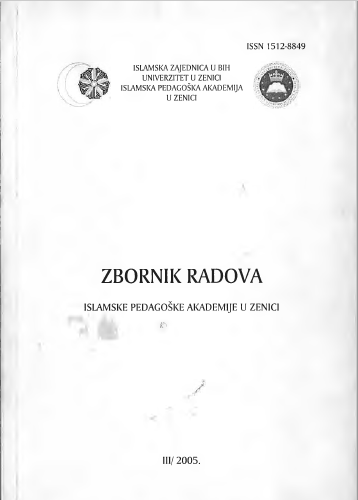Author(s): Enes Taş / Language(s): Turkish
Issue: 54/2024
ʿAlāʾ al-dīn al-Kirmānī was a member of the ʿAbd al-Raḥmān Jāmī (Mullā Jāmī, d. 1492) circle who lived during the reign of the Timurid ruler Ḥusayn Bāyqarā (A.R. 1470-1506) and at the same time, he is a scholar who dedicated his works to Meḥmed II (A.R. 1444–6 and 1451–81) and Bāyezīd II (A.R. 1481–1512). Although we do not have much information about his life, we have the opportunity to examine his thoughts through his works. Therefore, this study aims to examine the development of Kirmānī's thought on the soul and the soul-body relationship through his three works. Kirmānī, who aims to make the science of dream interpretation a science with a determined subject, issues and principles, focused on Avicenna's understanding of the soul as the subject of the science of dream interpretation in his two works entitled al-ʿAsharah al-kāmilah and Lawāmiʿ tanwīr al-maqām fī jawâmiʿ taʿbîr al-manām, which he wrote on this subject. However, in his works he also combined the methodology of the Akbarian tradition, which he belonged, with Ibn Sīnā's understanding of the soul in his works. On the other hand, his treatise entitled Masʾala min ʿilm maʿrifah al-nafs appears to be his most striking work, in which he claims that “the soul and the body are one thing”. As this is a newly discovered work of Kirmānī, we have also included its critical edition in the appendix. In his treatise, Kirmānī mentions that the soul and the body are one and the same thing in terms of being abstract and being a body and in this way, he applies the Akbarian understanding of existence based on the distinction between the immutable entities (aʿyān al-thābita), the subt world (ʿālam al-mithāl) and the visible world (ʿālam al-mulk wa al-shahāda), to Avicenna's soul-body dualism. In this way, he aims to resolve the difficulties arising from the nature of the soul and the body. The study attempts to show Kirmānī's original theory of the soul, based on Avicenna's interpretation and Akbarian principles. In the article, Kirmānī's view of the soul in the above-mentioned works has been examined according to the possible writing order based on content and style -since the actual order of writing is not known- in order to show its gradual change/development. However, his peripatetic views on the soul have been compared with those of Avicenna, and his original view of the soul has been compared with the views of Ibn ʿArabī-Mullā Jāmī. Finally, this study aims to show the contributions of the Herat school and the Mullā Jāmī circle to the Ottoman intellectual life by unearthing Kirmānī's works, the only surveving copies of which are in Anatolia.
More...















